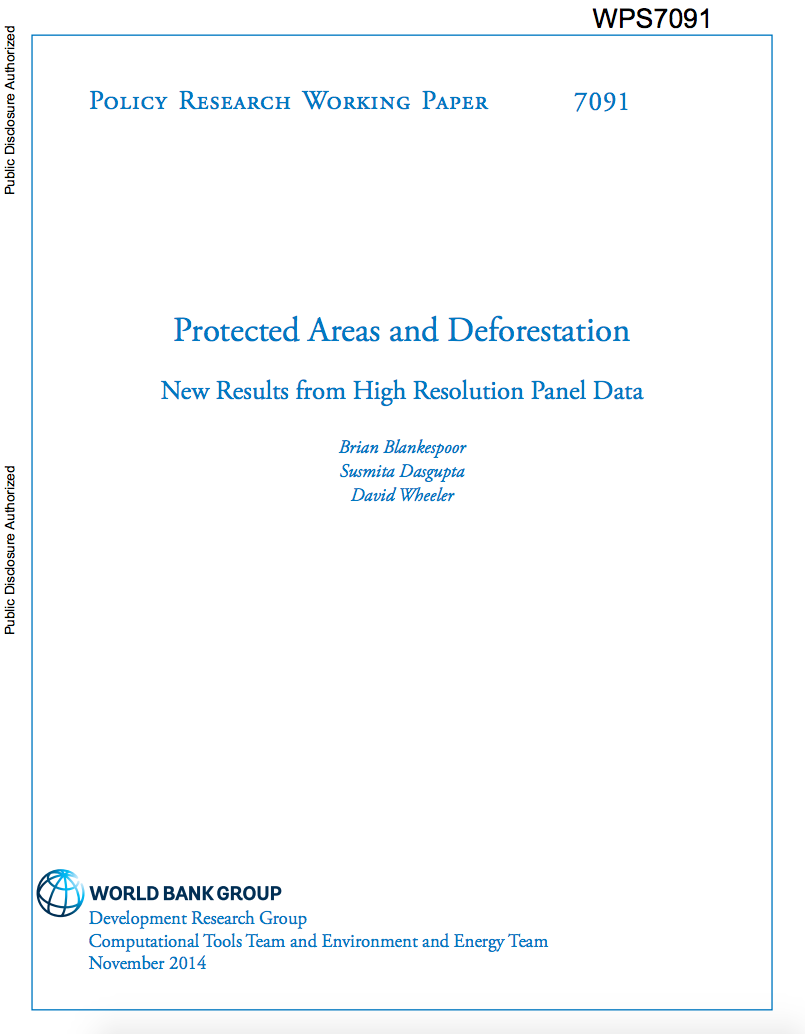Modernizing Weather, Water, and Climate Services
The main objective of this technical assistance paper is to provide
recommendations to the Royal Government of Bhutan for
modernizing its hydrometeorological services,
including capacity strengthening for disasterrelated
early warning systems (EWSs). The
DHMS does not have a national hydromet
services policy but is in the process of preparing
a strategic document to guide its modernization
and institutional reform process. This technical assistance paper contributes to this process and proposes a road


